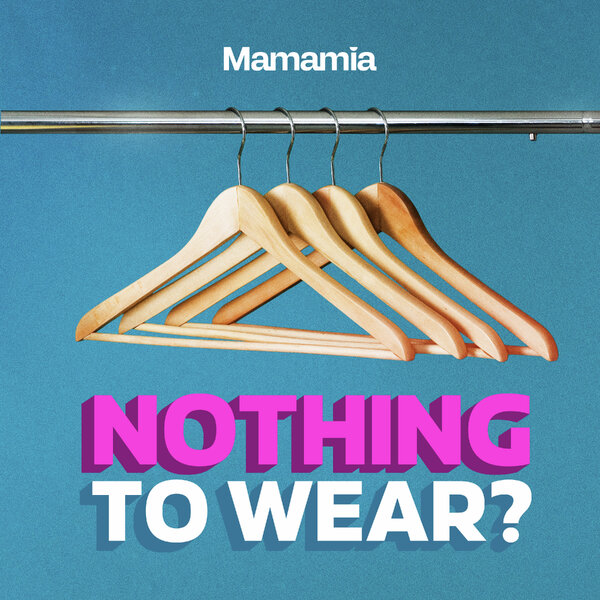She has represented Australia over 60 times. She is a goal-scoring machine. She is an Australian sporting legend. But you probably don’t know her name.
There’s a good chance that if Caitlin Munoz was a man, and had achieved all that she has in soccer she would be a household name – not just in her home town of Canberra but across Australia.
“I started playing soccer because of my dad. I used to watch him play and in more recent years coach soccer. Playing soccer as a kid just came naturally,” says Caitlin.
Caitlin’s soccer skills were recognised early. She represented Australia in the Under 19 World Cup in 2002. She was selected for the senior Australian side, the Matildas, in 2005. She has played for the Matildas over 60 times, including in the women’s Asian Cup in 2006 and 2008. The 31-year-old also played for Australia in the World Cup in 2007. Australia made it to the quarter finals stage in that World Cup, further than any Australian men’s team ever.
Caitlin has been part of the Canberra United team that won the National W-League title in 2011-12 and 2014-15. She was also voted the Players’ Player for 2014-15. Within Canberra, Caitlin won the Premier League Player of the Year in both 2013 and 2014. She also won the golden boot award for the most goals in 2010, 2011 and jointly in 2012.
Despite all this, her name seems to be unknown to the majority of Australians. Is this the inevitable result of limited media coverage of women’s sport?





























































































